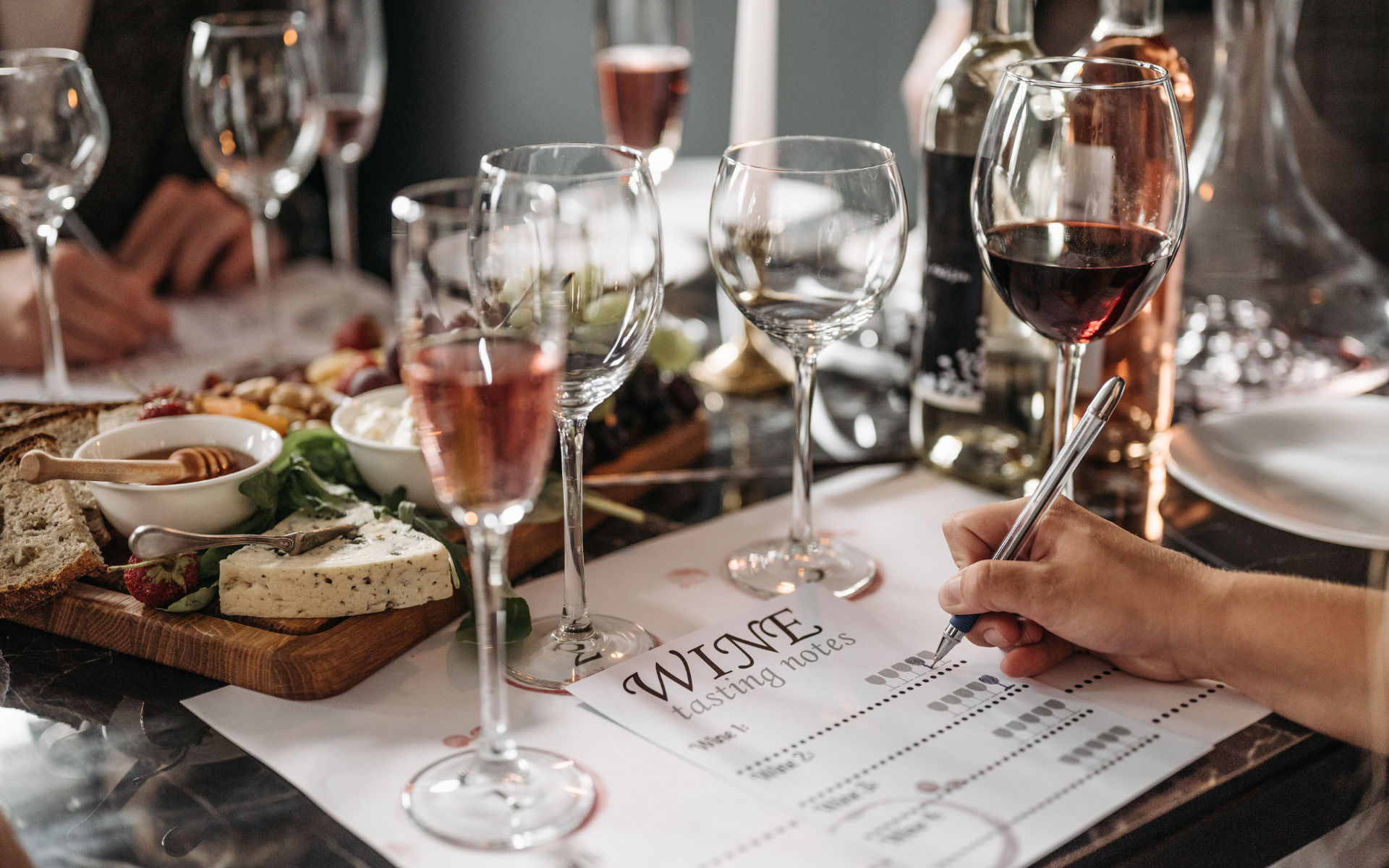Art and culture
The shapes of wine glasses: the complete guide

Anyone who has had tasting experience, or has interfaced with the world of wine in a semi-professional setting, will undoubtedly have heard of the different shapes of wine glasses and their applications.
Even in more informal settings such as a bar or restaurant you may have noticed a difference between white, bubble, or full-bodied red glasses.
But have you ever wondered about the“science” behind this choice? How does the shape of the goblet affect our perception of the wine?
Let’s start with a basic notion: a significant part of the wine tasting experience is related to its aroma.
The right glass is essential to best enhance the characteristics of the wine.
In fact, tasting a wine means perceiving its aroma and flavor, which in the moment of sipping come together and give rise to different and complex perceptions.
The right glass is essential to best enhance the characteristics of the wine. Let’s see why.
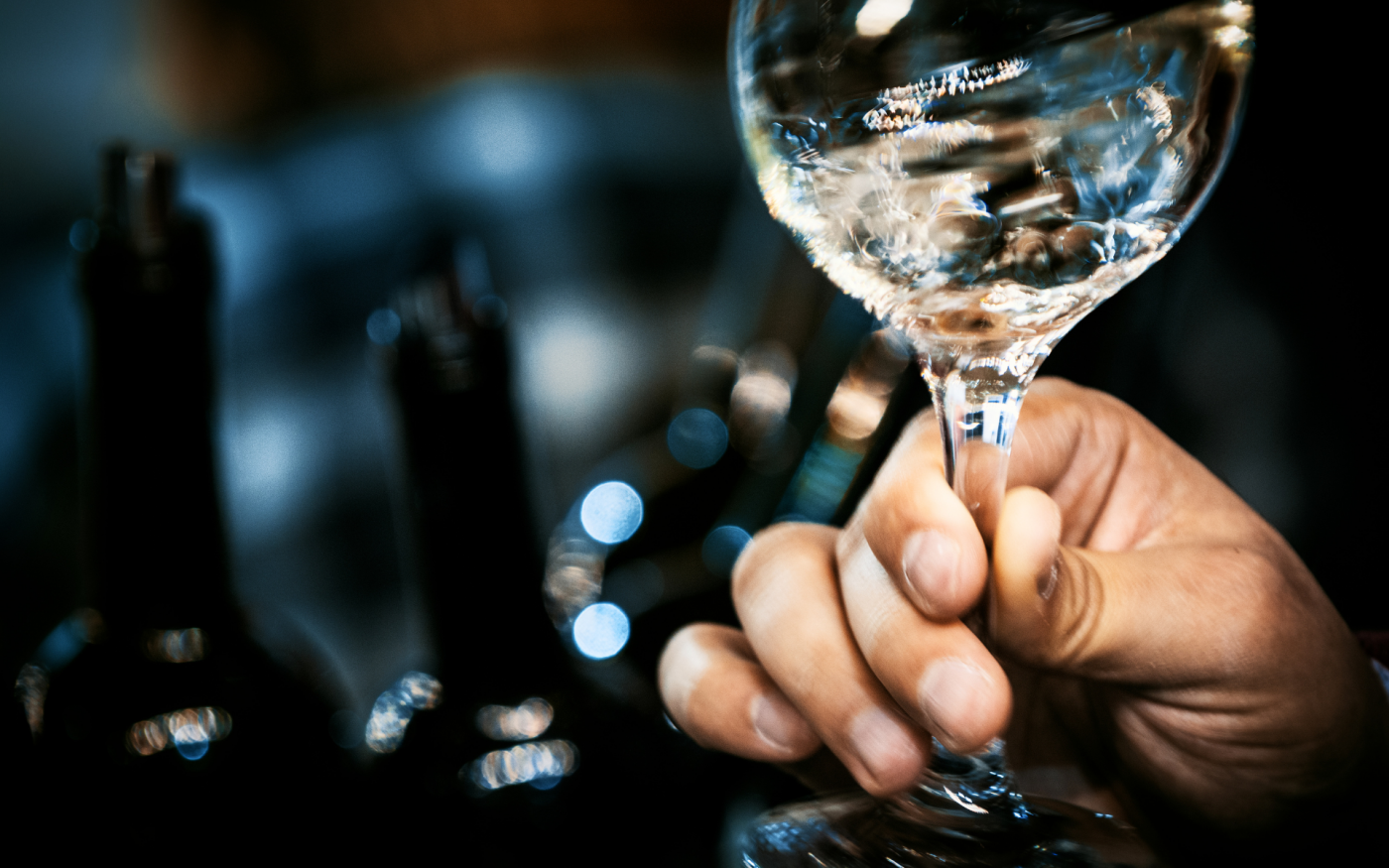
The wider the goblet, the easier it will be to swirl the wine inside, forming a swirl in the center of the glass in which the aromas will be concentrated. By doing so,oxygenation increases, going to release volatile compounds.
Rotation is necessary for wines with an “important” nose, with more complex aromas, such as those given by aging. Wines with floral or mineral notes need less movement and less contact with oxygen to express themselves.
The shape of the goblet influences the amount of wine that enters the mouth and the movement between tongue and palate.
The shape of the goblet influences not only the aroma, but also the amount of wine that will enter the mouth, as well as the movement between the tongue and palate.
Larger diameter glasses will naturally lead us to larger and more abundant sips, while a narrower goblet will concentrate the wine more in the center of the mouth.
In this article we are going to analyze the anatomy of chalices, trying to understand which ones best lend themselves to the characteristics of each type.
There are two commonly recognized forms of tasting sparkling wine and sparkling whites.
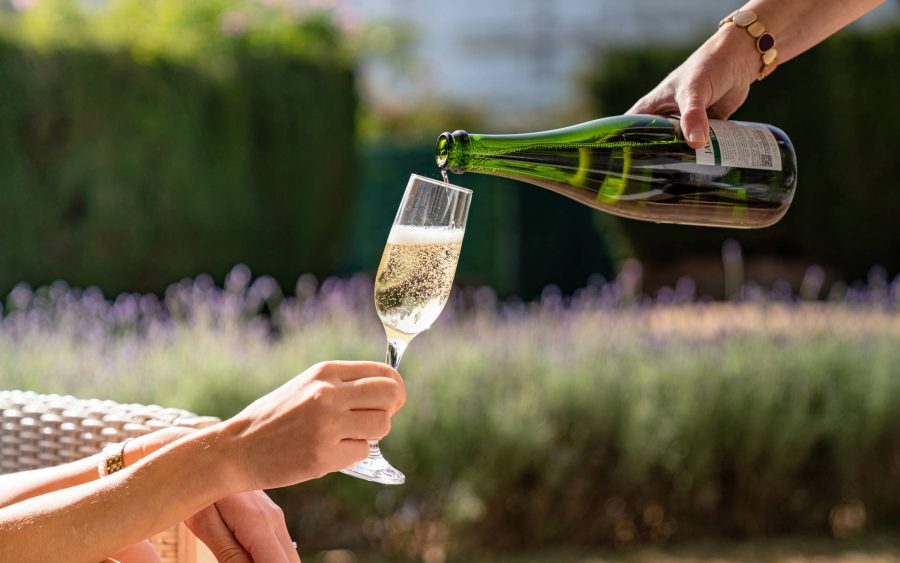
When one thinks of sparkling wine, it is hard not to think of the Champagne flûte.
This chalice usually consists of a long stem with a tall, narrow cup (see image above).
This shape allows the bubbles to last longer before the sparkling wine “flattens out.” In addition, the base of the flute has some roughness that helps the bubbles form and rise upward, releasing the volatile compounds.
It is especially important to keep this glass clean: bubbles concentrate in places where they find dust or dirt.

The cupped glass, also known as the“Champagne saucer” or Asti cup, is said to have been created by taking inspiration from the breasts of Madame de Pompadour, a great Champagne enthusiast.
Nowadays it is little used for sparkling wine because its width and shallowness cause the bubbles to evaporate quickly.
The Asti DOCG Consortium, however, continues to suggest serving the famous Monferrato wine in the cup, as it recalls the sweetness and sensuality of the Muscat.
In addition, Asti is so fragrant that its aromas remain persistent despite the width of the glass.
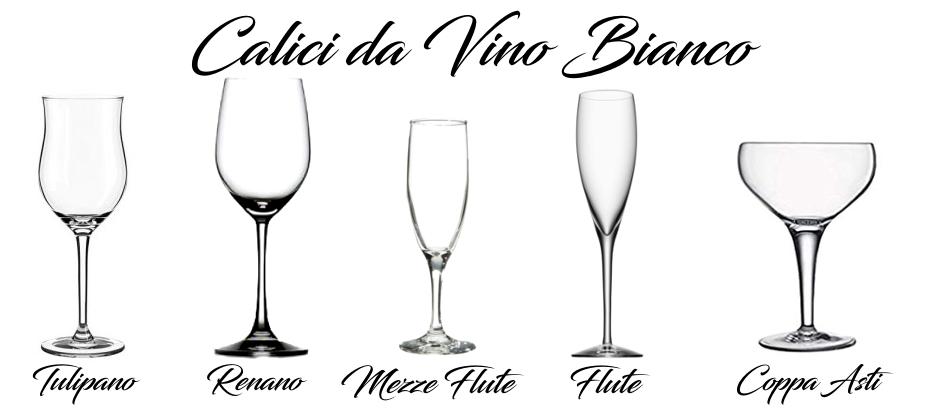
Whites and rosés possess similar characteristics and thus share the same goblet shapes. The white glass tends to be more U-shaped (tulip) than round and is smaller than the red glass.
This difference helps to preserve the temperature, which is commonly lower in these types of wine, except for full-bodied or aged whites.
We can distinguish two types of goblet for whites.
The main characteristic of this glass is the shape of its opening , which tends to widen relative to the body.
This particular silhouette allows the delicate aromas of the young, floral and “crisp” whites to better reach the nose.
For structured whites or rosés, thus full-bodied and mature, the Rhine goblet is preferred, formed by a wide body and a larger opening diameter, which, compared to the previous one, allows more complex scents to be appreciated.
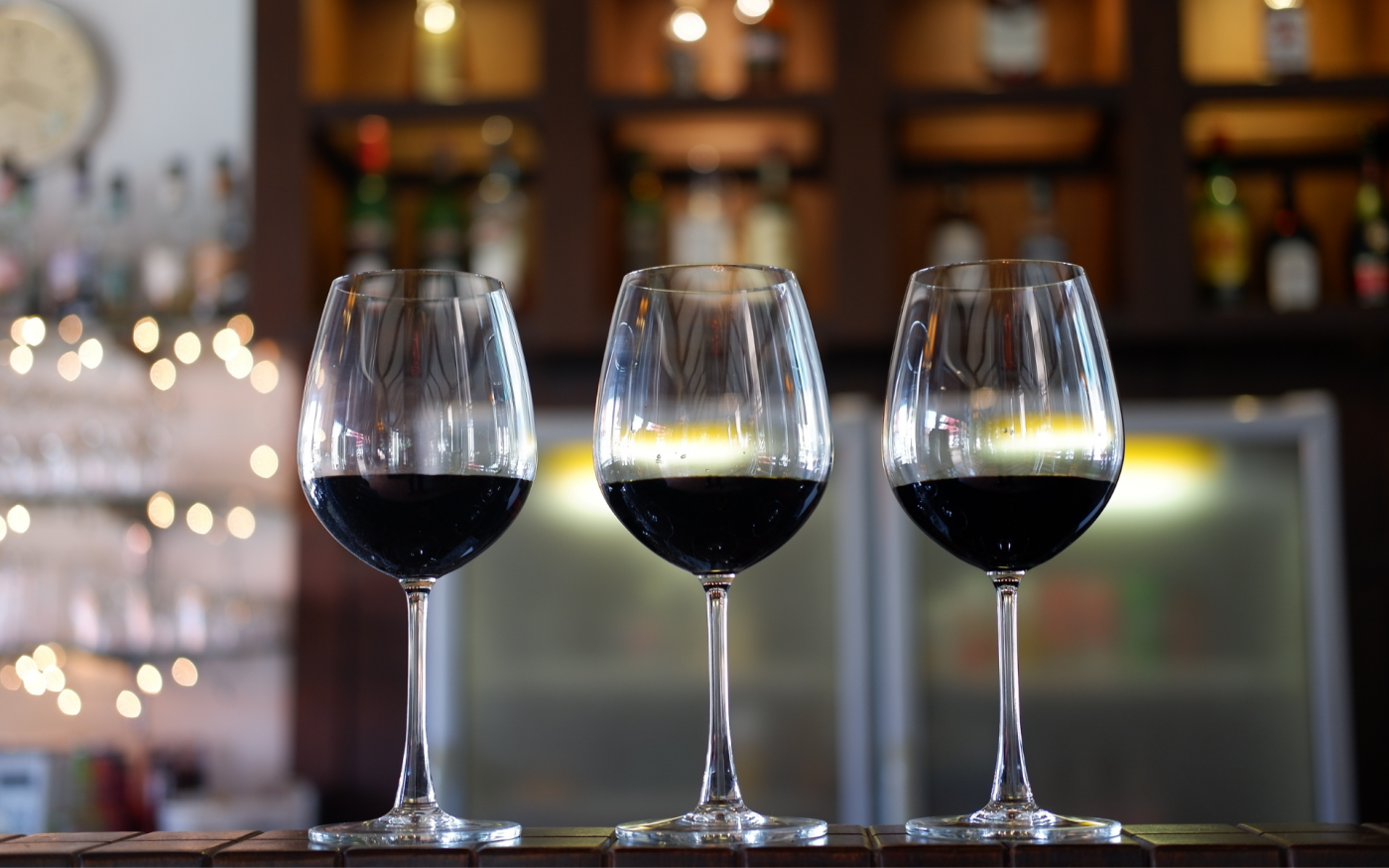
The red wine glass by definition has a round, wide, “balloon-like” bowl, which is why it is generically called a Ballon. This form increases the exposed surface area of the wine, allowing more interaction between oxygen and liquid.
The more structured the wine, the bigger the belly must be for better tasting.
Among the various types of glasses that exist, four goblet shapes are usually referred to. Let’s see them together, in order from young red to more complex red.
For young, ready-to-drink reds, one may choose to use the Rhenish goblet, which is the same one we would use for a full-bodied white.
This is ideal for new wines, for example.
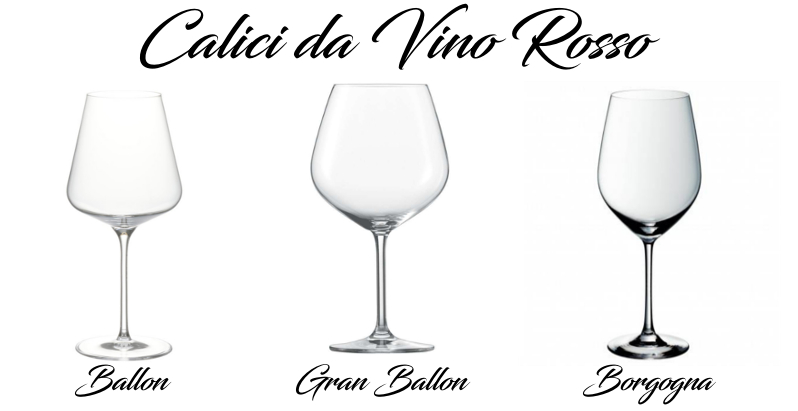
This is an excellent choice for medium-bodied and not-too-aged red wines. Its shape brings out the scents while preserving the freshness qualities.
The grand ballon is actually characterized by the same shape as the previous one, but larger in size. This lends itself more to the tasting of medium to full-bodied, aged reds.
The width of the central body allows for greater oxygenation of the product and for the wine’s complex aromas and flavors to be released due to the wide opening.
It is a suitable glass for good quality French reds. Due to its thin walls, it allows for easy color verification.
The slightly domed shape of the goblet enhances scents and aromas and, being rather light, is easy to swirl, thus facilitating olfactory and gustatory examination.
Last but not least are the dessert wines. These, passito or fortified, are sweeter than most wines and have a higher alcohol content, so the appropriate glass for this category is smaller.
This is intended, quite simply, to serve a reduced portion of wine!
